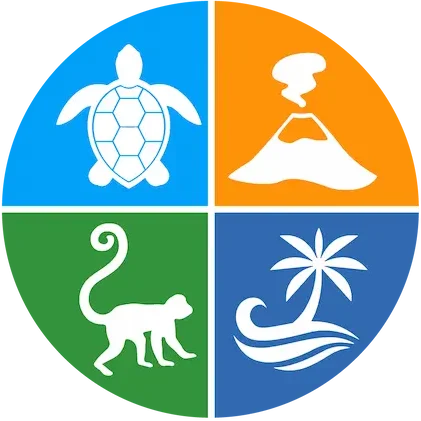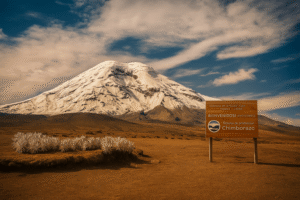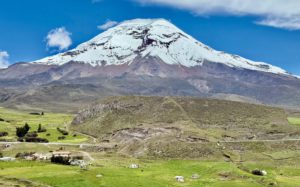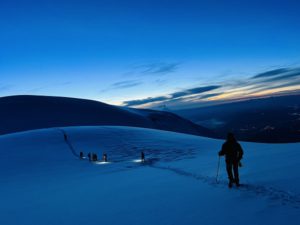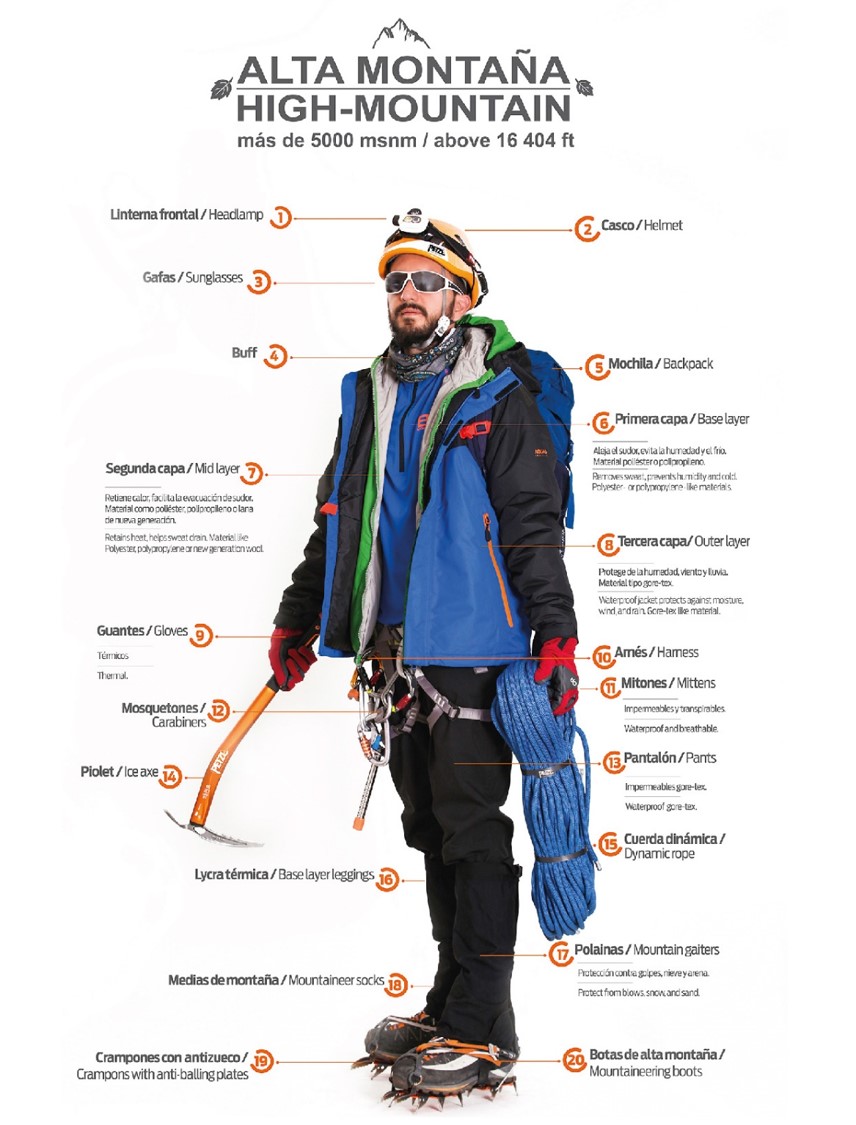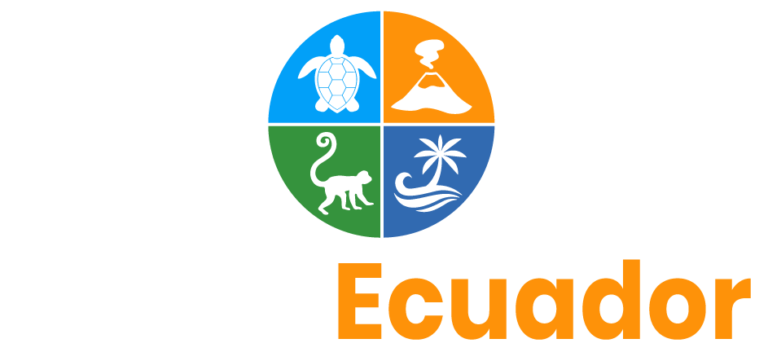OVERVIEW
Chimborazo is Ecuador’s highest peak and the closest point on Earth to the sun, due to the planet’s equatorial bulge. Though not the tallest by elevation, it’s the highest when measured from Earth’s center. With four major summits and a legendary first ascent by Edward Whymper in 1892, Chimborazo is a mountain of myth, challenge, and geographic wonder.
Day- by-Day Itinerary
Day1: Chimborazo High Camp
Day2: Chimborazo Summit
DETAILED ITINERARY
Chimborazo High Camp
Meet your mountain guides at 10:00 AM and journey into the Chimborazo Wildlife Reserve. From the Hermanos Carrel Refuge, begin a scenic 2–3-hour hike to High Camp (5,300 m), where you’ll settle into your dome accommodation. Spend the afternoon reviewing gear and resting before the midnight summit push.

Max Altitude
5,300 m (17,388 ft)
Meals
Breakfast/Lunch/Dinner
Accomodation
Chimborazo High Camp
Distance
-
Duration
Half-day hike + summit preparation
Chimborazo Summit
Begin the summit push at midnight, ascending Chimborazo’s glaciers under the stars. After 8–9 hours of climbing, reach the summit at 6,268 m (20,702 ft)—the closest point on Earth to the sun. Take in breathtaking views before descending for 3–4 hours back to the refuge. After packing up, a private transfer will take you to Quito for a well-deserved rest.
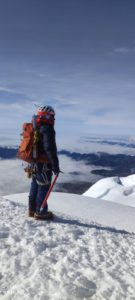
Max Altitude
6,268 meters (20,702 feet)
Meals
Breakfast at refuge
Accomodation
-
Distance
-
Duration
8–9 hours up, 3–4 hours down
SERVICES
Include
- Mountain Climbing Local Insurance
- Ecuadorian qualified and experienced local Mountain Guide (ASEGUIM/UIAGM
- ratio 2 climbers -1 guide)
- Technical mountain equipment (crampons, ice axe, harness, helmet)
- Land transportation and transfers
- National parks fees and permits
- Accommodation:
- 1 night at High Camp
- All meals during the hikes and climbs (shown above)
- Tents, and camping utensils for high camp.
Not include
- International flights
- Internacional Insurance
- Personal expenses
- Tips for guides or local staff
- Travel insurance (highly recommended)
- Additional activities not listed in the itinerary
- Alcoholic beverages (unless specified)
- The costs of delays or changes to itinerary that are beyond the control of Cotopaxi Travel, or its agents are not included.
- Airport taxes
- Visa
IMPORTANT DETAILS
In Ecuador you can Climb all year, but these are the seasons
High Season: June to August / December to January
Low season: February to May / September to November
Ecuador is a fantastic destination that offers plenty of options for travel lovers. In addition to the Andes, Galápagos and Amazon Jungle are also part of this amazing land.
About this tour
Difficulty: Demanding
Places: ✅ *Available
Trip-code: Number 🔺Ec +593
Duration: 2 days
Participants: Minimum: 2 Maximum: 12
Mountain Guide: Fernando Iza
Other dates / additional info: Contact us!
Legend Booking-information
EZZ – Single room supplement
- On this trip, places are still available.
- On this trip, only a few places left.
- This trip is sold out / closed.
MAPS
EQUIPMENT
- Head torch
- Helmet
- Sun Glasses
- Buff/ Warm cap
- Backpack
- First layer
- Second layer
- Third layers (Waterproof Windbreaks, Waterproof pants)
- Mittens/Gloves
- Harness
- Inside gloves
- Carabiners
- Thermal pants
- Ice ax
- Dynamic Rope
- Thermal Lycra
- Gaiters
- Socks Mountain
- Crampons
- Mountaineering boots
- Sleeping Bag
- Battery Groups AAA
- Sunscreen
- Trekking Poles
- Thermo / Canteen for Water
- Energy bars
FAQ
1. What is the best time of year to climb in Ecuador?
Our tours typically include certified guides, transportation, accommodation, meals, and any necessary equipment for your activities. Specific inclusions vary depending on the tour, so be sure to check the detailed itinerary.
2. Do I need previous mountaineering experience?
Not necessarily.
- For Cotopaxi: Beginners with good fitness can join a summit program if they complete acclimatization hikes and receive basic glacier training.
- For Chimborazo and Cayambe: Prior glacier experience is highly recommended due to higher altitudes and longer summit pushes.
3. How important is acclimatization?
Acclimatization is critical. To prevent altitude sickness and improve summit chances, we recommend spending 3 to 5 days hiking at altitudes above 3,000 meters before attempting any summit over 5,000 m. Our acclimatization programs are designed to help your body adjust progressively.
4. Is a certified guide required
Yes. For safety and legal reasons, glaciated peaks like Cotopaxi, Chimborazo, Cayambe, and Antisana require an ASEGUIM/UIAGM certified mountain guide. All our guides meet this standard and have extensive experience in the Andes.
5. What gear do I need?
For glacier climbs, you need:
- Double insulated mountaineering boots
- Crampons
- Ice axe
- Climbing harness
- Helmet
- Headlamp
- Warm base layers, down jacket, and waterproof outer layers
- Gloves, hat, sunglasses, backpack
We offer rental equipment if you don’t own the necessary gear.
6. Can I rent mountain equipment in Ecuador?
Yes! We provide high-quality rental equipment at our base in El Chaupi, including boots, crampons, helmets, harnesses, and more. Let us know your sizes in advance so we can reserve your gear.
7. What happens if I don’t reach the summit?
Reaching the summit is a goal, but your safety is the priority. If weather, altitude, or health conditions require turning back, our guides will make the best decision for your well-being. We always aim to provide a rewarding and safe experience, regardless of the summit outcome.
8. How many climbers per guide?
- 1:1 or 2:1 ratio for glacier climbs (1 guide for every 1 or 2 climbers).
- This is the international safety standard for climbs on Cotopaxi, Chimborazo, and similar peaks.
9. Where do we stay before and after the climbs?
We use Iliniza’s Mountain Lodge, located in El Chaupi (3,300 m / 10,827 ft), as our base for acclimatization and logistics. The lodge offers:
- Comfortable beds
- Hot showers
- Healthy meals
- Breathtaking views of Iliniza, Corazón, and Cotopaxi
- It’s also the perfect spot for nearby acclimatization hikes like Saquihua (3,900 m) and Corazón (4,786 m).
10. How difficult are the climbs?
- Cotopaxi (5,897 m): Intermediate – requires good fitness and acclimatization.
- Chimborazo (6,268 m): Advanced – higher altitude, longer summit push, more demanding.
- Cayambe (5,790 m): Intermediate to advanced – technical sections and glacier travel.
- Iliniza Norte (5,126 m): Non-glaciated – great acclimatization peak.
- Iliniza Sur (5,263 m): Technical glacier climb – advanced climbers only.
11. What fitness level is required?
You should be in good physical condition, with experience hiking for 6–8 hours with a backpack. Cardiovascular fitness, strength, and endurance are essential. We recommend training hikes, running, or cycling at least 4–6 weeks before your trip.
12. Do I need travel or climbing insurance?
Yes. We strongly recommend purchasing travel insurance that includes high-altitude mountaineering and emergency evacuation. Make sure your policy clearly covers activities over 5,000 meters.
13. What if I’m traveling solo?
No problem! Many of our climbers come solo. You can:
- Join an existing group (based on dates and availability), or
- Book a private guide for a custom experience.
- Let us know your travel dates and goals—we’ll find the best option for you.
14. How do I get to Iliniza’s Mountain Lodge or the starting point?
We offer private transportation from Quito or Latacunga directly to the lodge or trailhead. You can also take public buses to El Chaupi, but we recommend our logistics support for ease and safety.
15. Can I combine several climbs in one trip?
Absolutely! We offer multi-peak packages such as:
- Cotopaxi + Chimborazo (9-day tour)
- Cotopaxi Summit + Acclimatization Package (5-7 days)
- Climb Iliniza Norte, Cayambe, and Cotopaxi in one trip
- These allow you to gradually acclimatize and increase your summit success.
